Did you know there are over a million different species of insects on planet Earth? Not surprisingly then, with so many different types of creepy crawlies, some of them are pretty strange looking. Giant beetles, flies that resemble scorpions…there is an abundance of weird insects scuttling across the globe.
10 Weirdest Looking Bugs on Earth
Brazilian Treehopper
Picture six spindly legs, wings like a locust and a twig emerging in place of a neck, covered in bumpy globes…Yes, that is the Brazilian treehopper, one of the weirdest bugs that look too strange to be true. Scientists still don’t know what the sphere ornamentation is actually for, but they do know that treehoppers feed off the sap from plant stems.
Goliath Beetle
A native to the continent of Africa, these weird insects don’t grow quite as big as their ancient namesake; but for a bug, they’re pretty big! Growing up to 4 inches in length, the goliath beetle is a big fan of protein and in captivity enjoys delicacies such as cat or dog chow, and in some cases, even baby food!
Hercules Beetle
Another weird bug of the world is the legendary Hercules beetle, so named because of its extraordinary strength. Its ability to carry loads up to 850 times its own body weight (or up to 8kg!) makes it the strongest insect on the planet. Found in Central and South America, the distinctive “horn” is what makes this insect so strange looking.
Assassin Bug
Another “great” example of weird insects is the creepily named assassin bug, which is famous for its attack style as well as its weird looks. Various species of assassin bugs are found throughout the world with differing colouring to match their native camouflage. But all follow the same kill method – stab their prey with a specialized mouth tube and then inject it with a toxin that turns their insides to mush.
Scorpionfly
The descriptively named scorpionfly looks exactly like its name…a cross between a scorpion and a fly. Found all over the world since the time of the dinosaurs, the scorpionfly’s sinister “stinger” is not what it looks like at all; it’s actually the flies’ genitals. Surprisingly, the scorpionfly is thought to be an ancestor of the modern moths and butterflies.
Spiny Flower Mantis
The spiny flower mantis may closely resemble the local South African flora, but it isn’t as delicate a creature as you may think. Like the vast majority of mantids, the lovely flower mantis is a rapacious cannibal, devouring any of its own species that it may come across. Despite being only 1.5 inches long, the female can produce as egg sac that is three times that long.
Tailed Emperor Butterfly Caterpillar
If you ever find yourself on the east coast of Australia between March and April, inspecting an Illawarra Flame Tree, and you happen to see a small dragon, don’t be alarmed…it’s probably just a tailed emperor butterfly caterpillar. There’s nothing looks abnormal if you only see its body; however, its armour-plated head covered in horns is extremely weird, even scary looking, which secures it a place in our weirdest bugs list.
Giant Prickly Stick Insect
This formidable stick insect can grow up to 8 inches long and is covered with giant spikes that look like thorns, hence the descriptive name. A master of camouflage, this native of Papua New Guinea will usually try and blend in with its surroundings, but if threatened, it will release a chemical that smells like peanut butter to scare away predators.
Hickory Horned Devil
As a mature adult, the Regal Moth has lovely colouring and an impressive wingspan of up to six inches. But as a caterpillar, called the hickory horned devil, it is not so much elegant as it’s just plain weird looking. Common in North America’s southern and eastern states, the hickory horned devil is now relatively rare in the north.
Antlion
Also known as doodlebugs and found throughout Europe, “antlion” is a name thought to go back to classical antiquity, though experts generally agree that it relates to the fact that their juvenile diet consists mainly of ants. The “lion” perhaps relates to the European lore that named predatory lions as “king of the beasts”. Whatever the case is, once they reach maturity, the antlions usually switch to a mainly floral diet.


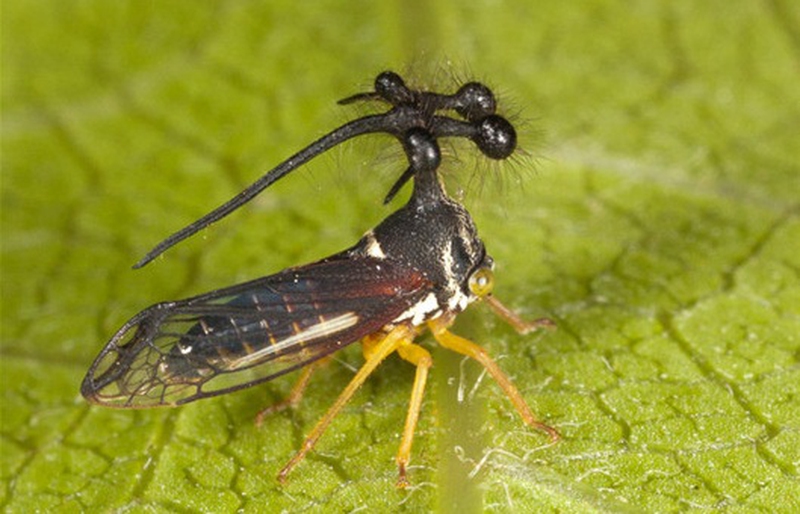
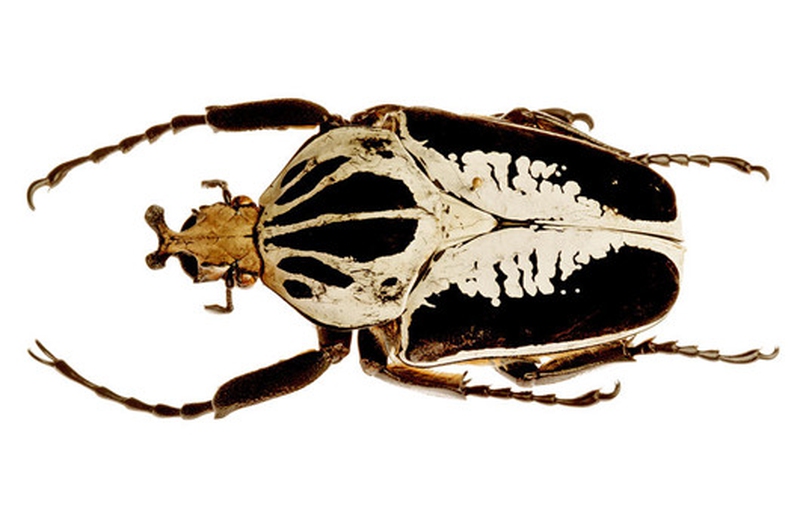
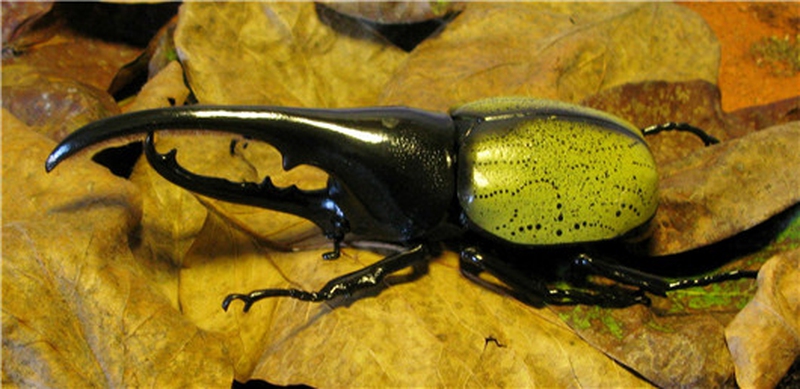
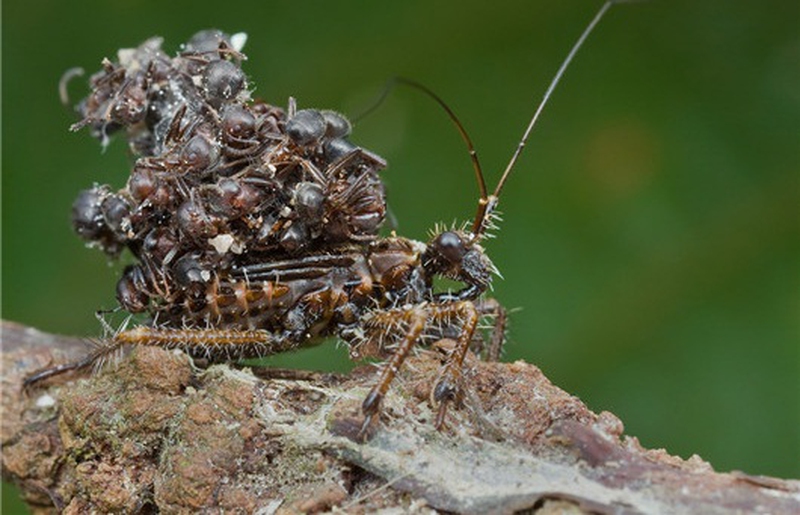
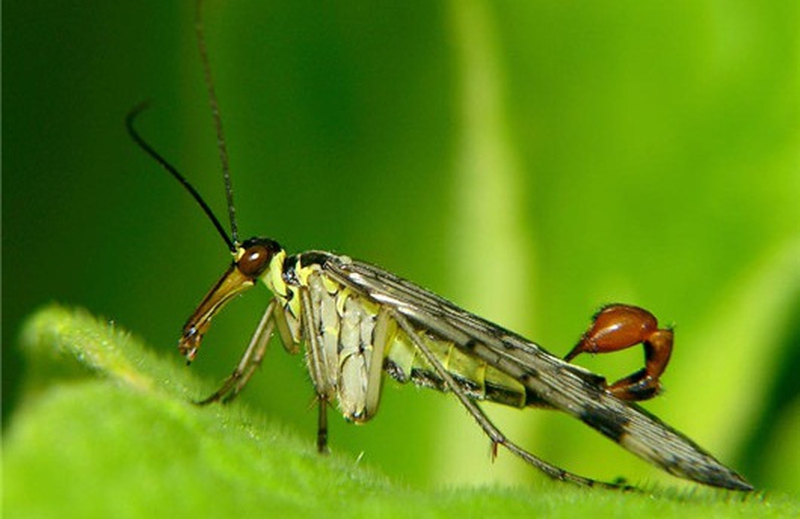

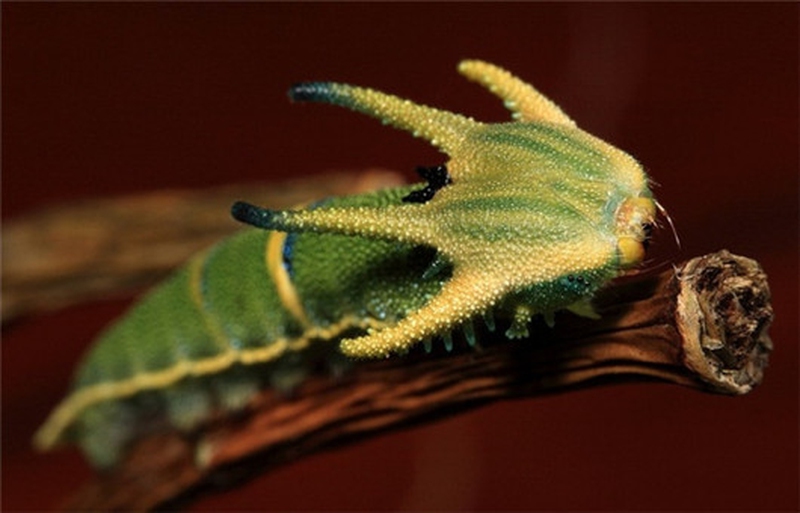
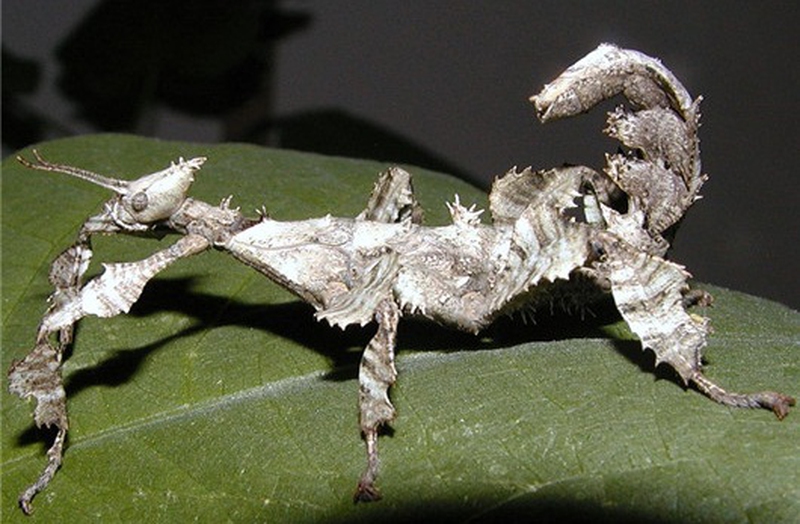


View All Comments /Add Comment